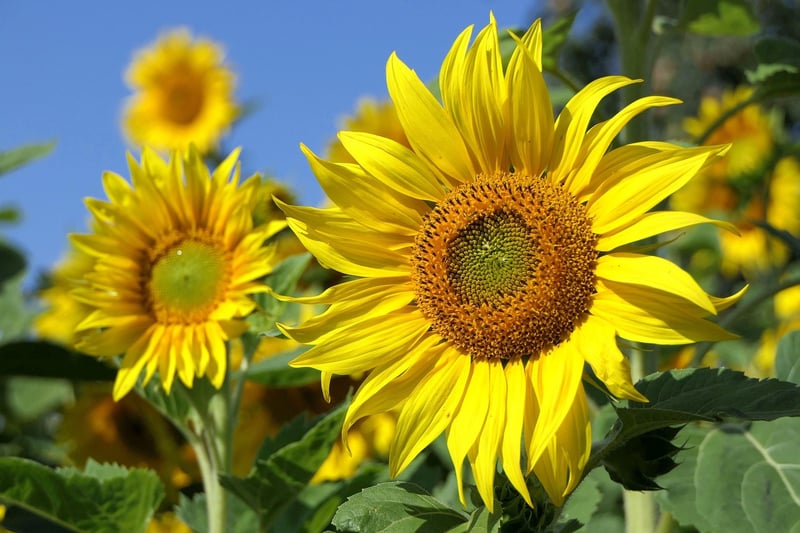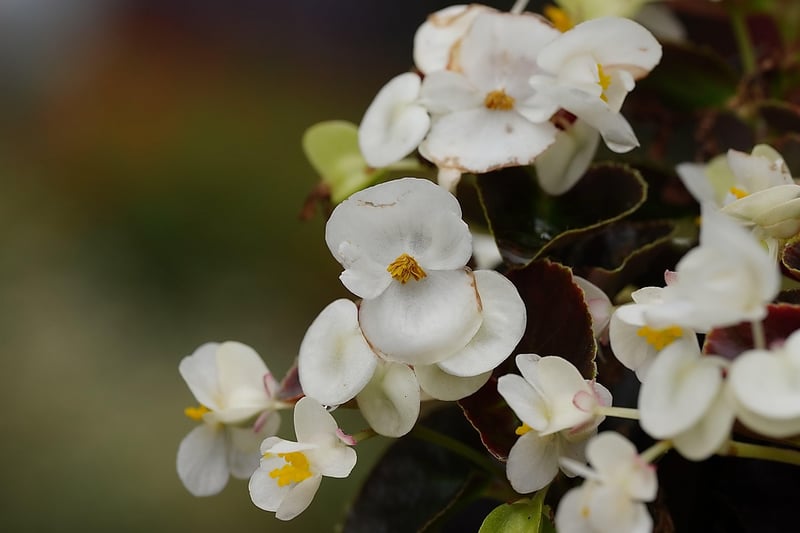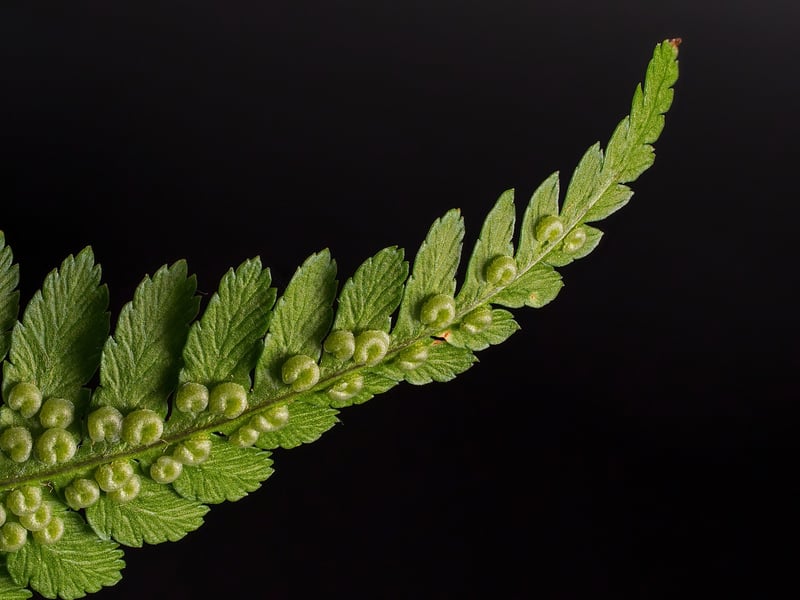Light Needs
Keep Your Garden Thriving: Understanding Light Needs
Having a thriving garden requires more than just watering your plants. Understanding the light needs of your garden is crucial for the overall health and growth of your plants. Different plants have varying requirements when it comes to sunlight, and providing them with the right amount can make all the difference. Let's delve into the importance of light and how you can ensure your garden receives adequate light to flourish.
The Role of Light in Plant Growth
Light is one of the essential elements for photosynthesis, the process by which plants convert light energy into chemical energy to fuel their growth. Insufficient light can hinder this process, leading to stunted growth, poor flowering, and overall weak plants. On the other hand, too much light can also be harmful, causing sunburn and wilting.
Understanding Light Conditions
Before choosing plants for your garden, it's important to assess the light conditions in different areas of your yard. Here are the basic categories of light conditions:
- Full Sun: Areas that receive direct sunlight for at least 6 hours a day.
- Partial Sun/Partial Shade: Areas that receive 3-6 hours of sunlight per day.
- Full Shade: Areas that receive less than 3 hours of direct sunlight per day.
Choosing Plants Based on Light Needs
Once you've identified the light conditions in your garden, select plants that thrive in those conditions. Here are some popular plant choices based on light requirements:
Full Sun Plants

Sunflowers, Marigolds, Tomatoes, and Zinnias are examples of plants that thrive in full sun conditions.
Partial Sun/Partial Shade Plants

Begonias, Geraniums, Hostas, and Ferns are suitable for areas with partial sun or shade.
Full Shade Plants

Ferns, Hostas, Impatiens, and Coleus are excellent choices for shaded areas.
Maximizing Light Exposure
To optimize light exposure for your plants, consider the following tips:
- Prune nearby trees or bushes that may be blocking sunlight.
- Rotate pots and containers regularly to ensure even sunlight distribution.
- Use reflective mulch to bounce light back onto plants.
- Consider artificial grow lights for indoor plants with limited natural light.
By understanding the light needs of your plants and providing them with the right conditions, you can set your garden up for success. Remember, a well-lit garden is a happy garden!
